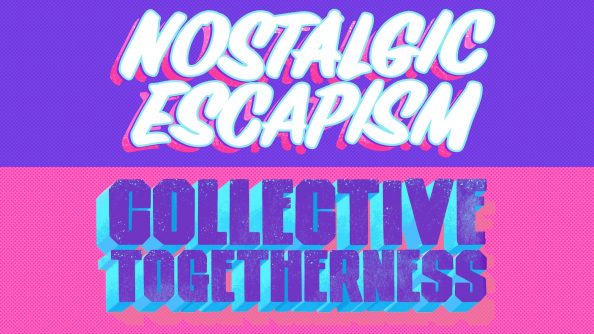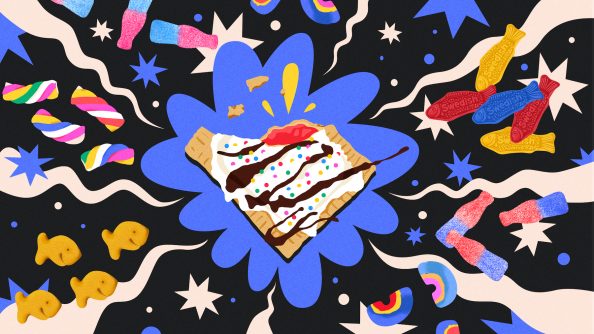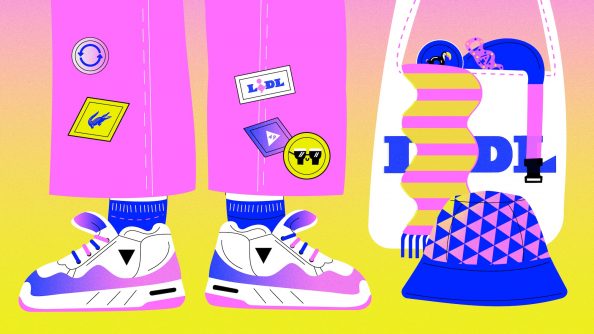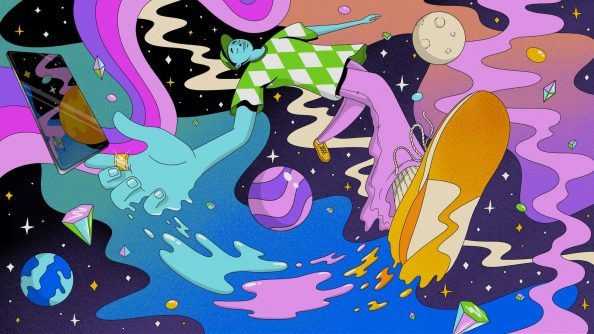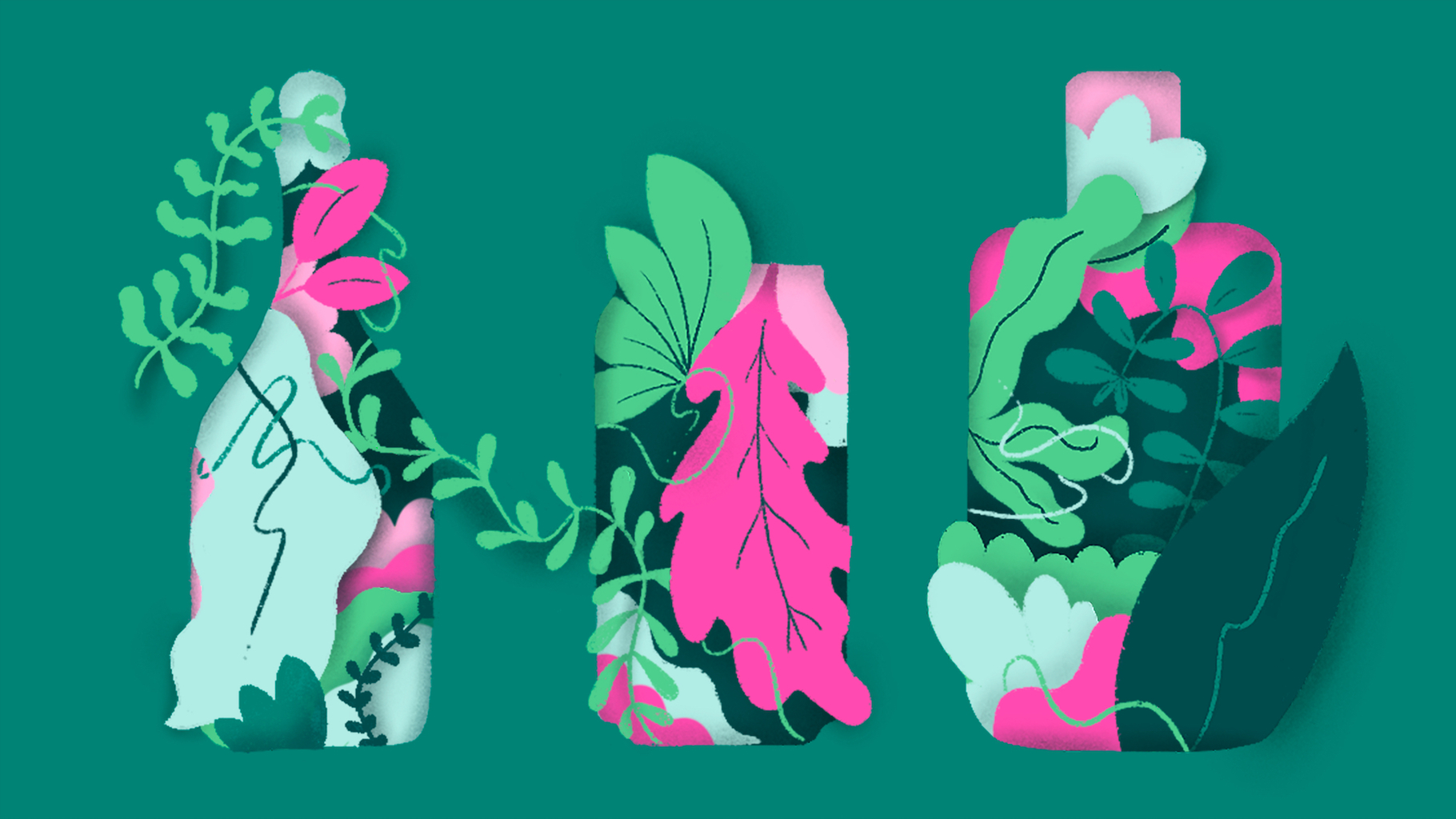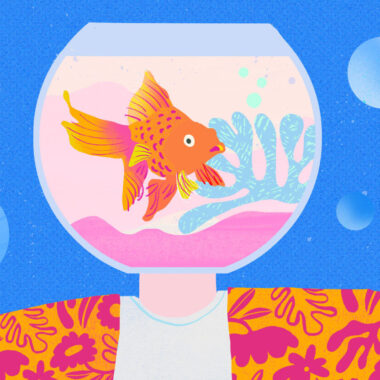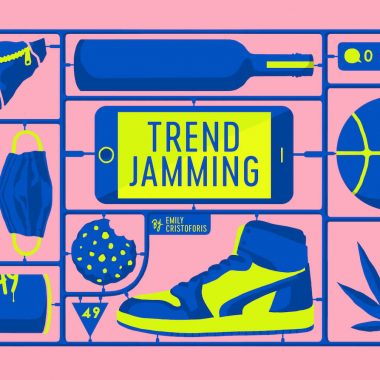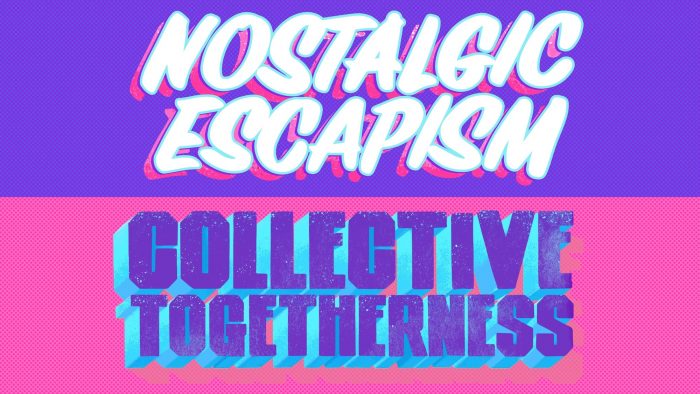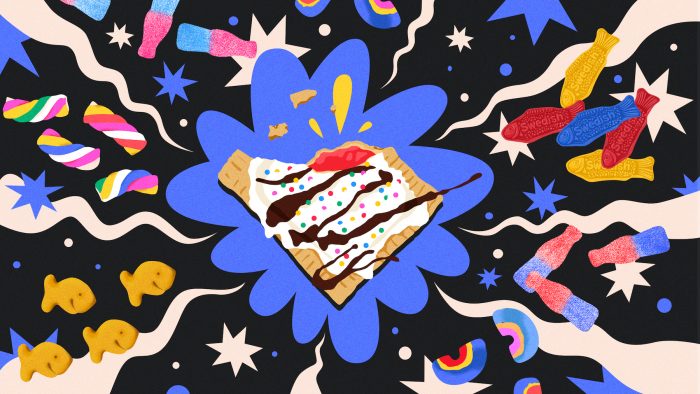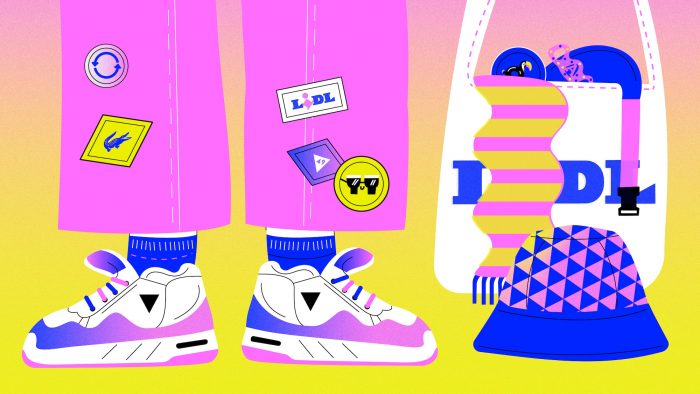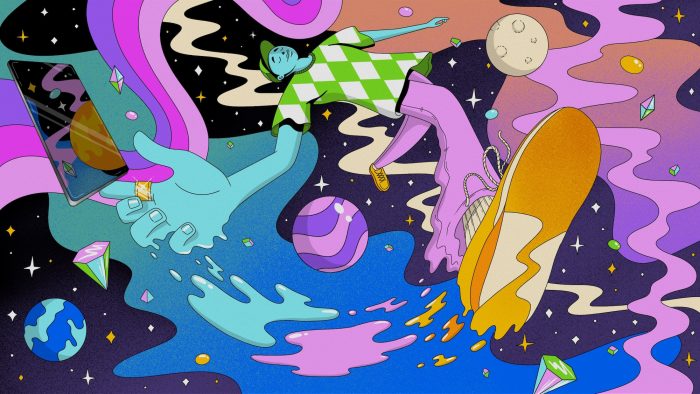This year saw the return of Luxe Pack in New York, a global B2B trade show dedicated to the creative and luxury packaging industry. With exhibitors and keynote speakers from every corner of the premium packaging industry, there was a buzz in the air as people were finally able to get together in person to interact with the latest innovations and inspiration in luxury packaging.
Seeing the Beauty in Sustainability
From speaking with suppliers to attending Wunderman Thompson’s “The World Is Changing And Brands Need To Adapt To New Expectations” session, one thing was clear at Luxe Pack: in the world of luxury packaging, the word ‘sustainability’ is on everyone’s lips.
While many have been beating this drum for years, the sustainable option is not always seen as the most beautiful or the most special, and that can sometimes put it at odds with the luxury world. Consumers will still demand premium brand experiences from luxury brands, the difference now is that eco is no longer just an ask. Sustainability is an integral part of everyday life, and making sustainability-led choices when creating packaging is essential for any luxury brand to succeed.
At Luxe Pack there were plenty of examples that demonstrate how being sustainable can still play to premium cues; here are some of the emerging trends.
In Science We Trust
As Covid continues to drive packaging innovation, scientific legitimacy has become a key pillar of consumer trust. San Francisco agency Designsake, for example, developed Matter, an antimicrobial protective coating that is both safe and sustainable. Matter can be used on packaging materials including paper, card, metal and textiles, protecting the products inside whilst reducing the presence of harmful microbes and bacteria on the outside by 99.9%.
With the antiviral coatings market forecast to grow 13.3% between 2020 and 2027 to a value of 1.3 billion in a post-Covid world (source: Allied Market Research), Matter is leading the way in putting the trust back in brand packaging, and in consumers’ hands.
Biomaterials: The Future?
With 94% of consumers saying they are making at least some effort to live a more sustainable life, and 85% prepared to rethink the way they live (and spend) to help tackle climate change [Source: Wunderman Thompson], sustainability has become more desirable.
Brands are responding, and some are working with innovative new packaging materials. Plus Body Wash comes in water soluble sachets, Loopeco launched plantable seed boxes, and Xampla aims to replace single-use plastic sachets for liquids and lotions with a plant-based alternative that uses the principles of spider silk.
Could the future for luxury brands be in creating their own bespoke biomaterial packs?
Playful Escape
Advances in tech are upending the consumer journey. The beauty category, for example, offers an opportunity for consumers to play and escape from the realities of everyday lives, and technology is playing a key role in this shift.
83% of people think the future of shopping is hybrid, and 81% think a brand’s digital presence is just as important as its in-store presence (Source: Wunderman Thompson Commerce). These insights are reflected in the rise of virtual flagship stores, with brands building digital playgrounds for consumers to experience something new.
Earlier this year Dermalogica launched an immersive VR store, SK-II debuted its virtual city, and you can now customize beauty looks for your avatar on luxury fashion styling app Drest thanks to a “beauty mode” featuring brands like Nars and Gucci.
With our increasingly digitally-led existence, how else can luxury brands show up in these spaces to add value and give consumers a unique, premium experience?
Inclusive Revolution
One in four Americans has a disability, yet products are rarely designed with this community in mind. With inclusivity becoming a base-rate expectation, this is changing.
Realizing that there was no deodorant product suitable for people with upper body disabilities to use, Unilever radically redesigned its deodorant packaging in May 2021 so that it could be easily used by people with a wide range of abilities.
Other brands are also thinking more inclusively when designing packaging such as Humanrace, which launched with Brallie on its packaging at the end of 2020, and skincare brand Cleanlogic added Braille earlier this year. Luxury packaging shouldn’t just be for non-disabled people.
Recycling: All you need is Less
When it comes to recycling, there are fundamental things we can do to drive better practice in the packaging design industry, being more mindful of the long-term impact of what we create.
- The more finishes you add, the more layers you create. And the more layers you have, the harder it is to separate them for recycling. The reuse opportunity decreases. The creative challenge is to add value through brand design without creating more waste.
- Think Waste First. Not everything can and will be recycled, so you need to think carefully about the value of the material you choose to use for your packaging. From the very first discussions about form and function, through design and to production, can you design from a minimum waste mentality first?
- Color has an impact. You cannot easily recycle colored plastic or glass unless someone else also wants it. How does color impact your supply chain? Where can you flex your key brand assets to enable your packaging to be more sustainable? Head & Shoulders, for example, moved from its traditional white base color to a dark grey bottle for its recyclable shampoo bottle because it could be made with plastic collected from beaches.
- Consumer Power. As consumers, we have the power to refuse brands that aren’t making a positive impact on the planet. Milkmen were ahead of their time providing a refillable service using glass bottles. Little did they know that they were the first eco warriors. Take inspiration from this. How can your brand change – or even create new – behaviors in consumers to help them live more sustainably?
New Expectations
It’s clear that sustainability-led design thinking is leading the charge, and there actions that we can take now to help brands adapt to the shift in consumer demand, to do better by the planet, but still deliver premium brand experiences.
If it damages the planet, it damages the brand. As leaders in packaging design, we must use our power and position to steer our clients towards responsible, sustainable practices. So let’s celebrate those doing it right, and ensure that everyone in the process understands that sustainable design is the ONLY way to go.
anna
Sam Wilkes, Creative Director
